The following high demand skills are based on the demographics from Dribbble’s Global Design Survey 2019. In addition, I have conducted a further research to find out why these specific job skills are so important for the career growth of designers.
Some of these skills have been around and stayed relevant for quite some time. Considering the jobs in the design industry having experienced change recently, the skills outlined in this article will give you an edge for your job and career advancements.
Whether you are fresh out of design school and looking for graphic design jobs or an experienced designer, with companies hiring differently and remote work making a trend it’s time to be adaptive.
Besides sharpening up your existing skillsets, these top eight skills have come onboard since 2019 as the most sough after and looks like it will be around for at least the next 2-3 years.
1. Motion / Animation
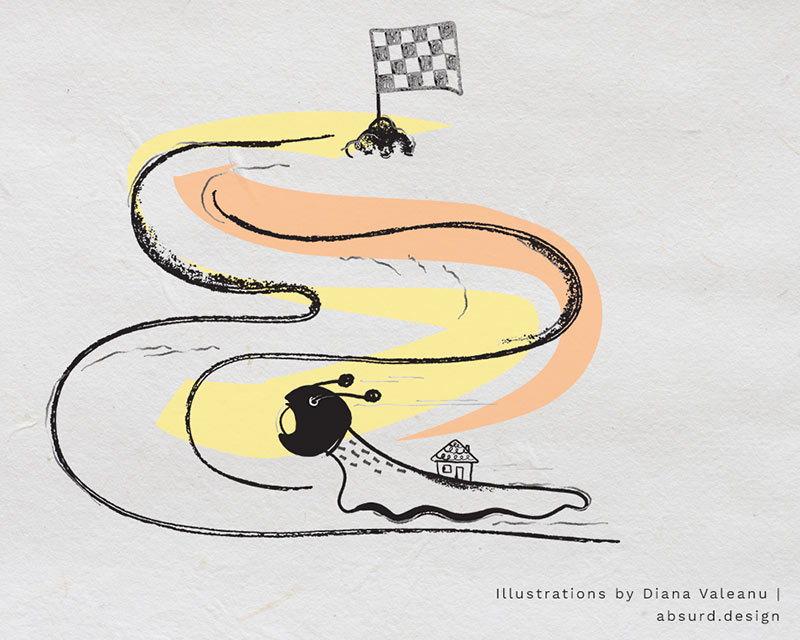
Motion and animated graphics isn’t fairly new on the design front but they are in high demand lately. With the increasing demand for video contents consumption online, vivid visual effects and animated graphics creates for a better user and viewing experience.
Motion design and animation can be applied to nearly all types of design especially on a digital platform. From web interactions, UI animations, to bringing static illustrations to life, we can only expect the need for this skill to continue growing. According to Jose Andres, creator community manager at Enklu Cloud, sees augmented reality (AR) and virtual reality (VR) as the next major expansion for motion design in the world of interactive technology.
2. Business
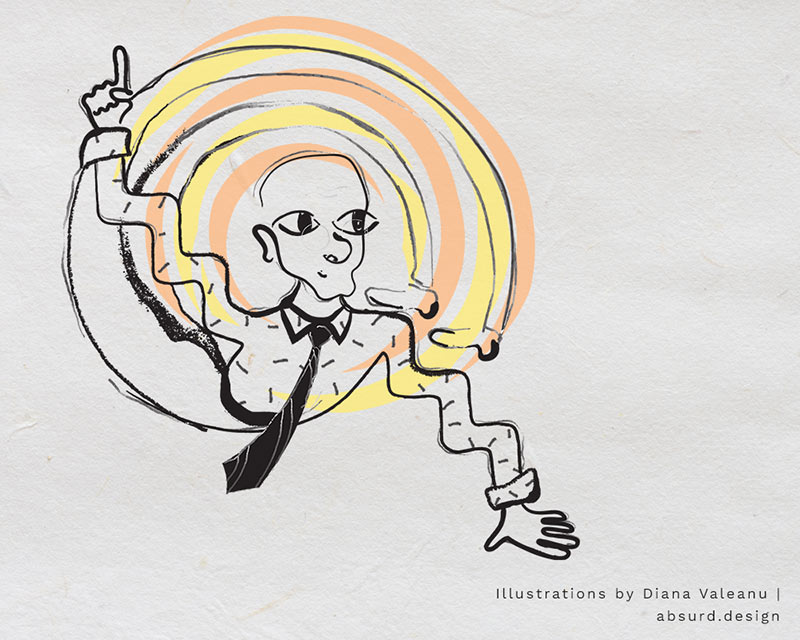
It’s not a surprise why this skill is important. As a designer, I realized that equipping myself with business skills is critical to income generation, especially when starting off. Business lessons are rarely taught in design schools. So most of us would have to learn it on our own. Nevertheless, designers should open up to learning new ways to be successful.
The process isn’t complicated as there’s a better way to learn business for designers. According to Ryan Rumsey in his Why You Need To Know Business article, design is in demand when you could “make it different”. In other words, you could use business to drive the value of design by becoming business-aware and learn to make strategic decisions by applying proven and practical business methodologies and strategies. Some market research, networking and data gathering will provide you with the information and tools necessary to succeed.
3. Communication
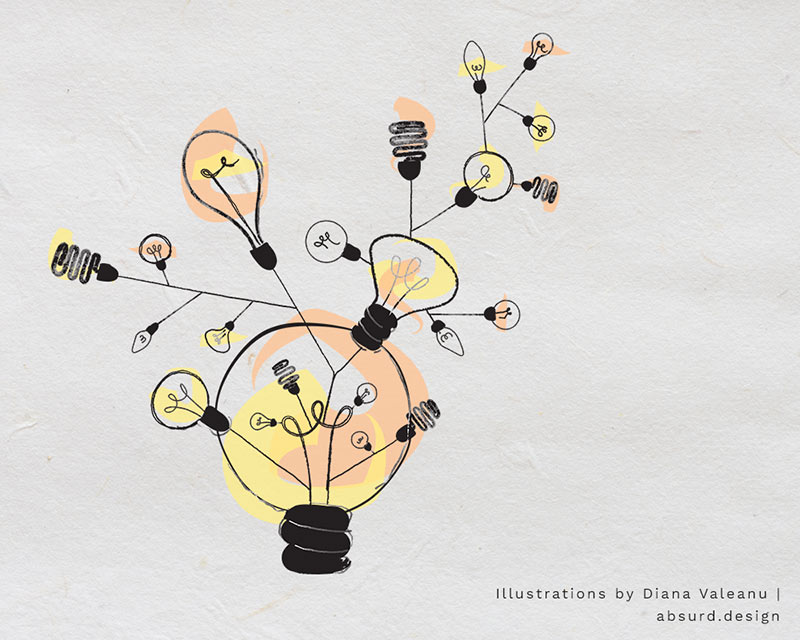
One major disadvantage that designers face especially while working remotely is lack of communication, according to the Dribbble Global Design Survey. Effective communication is a skill that designers say they want to learn to stay relevant in their design fields.
To communicate effectively requires that we become a proactive listener. According to Steven R. Covey in his all time bestselling book 7 Habits of Highly Effective People, the ability to listen well is a principle of effective and empathetic communication.
Most people don’t really listen or want to listen much past the surface. To listen well is to understand the other person’s thoughts, feelings, interpretations and needs. By listening to understand, you have a more accurate understanding of the problems and issues at hand. You can therefore devise a more effective solution to meet the needs of your clients, team members and any organisation you work with.
4. Illustration

Illustration is also a trusted method of communication. We are seeing illustrations being widely used commercially as the Covid pandemic continues. Brands are using illustrations for story telling. It’s deemed a vital tool now used by brands to engage consumers and get their brand’s personality and message across. You can literally walk people through a brand story with illustrated scenes or characters. This is especially helpful for brick-and-mortar businesses to provide a different and safe shopping experience for their customers.
Illustration also opens minds and sparks imaginations. Visual platforms like Pinterest and Instagram are helping brands and influencers to be truly expressive. Their visual contents are inspiring the community with creativity and in turn increasing their own popularity.
Illustration moves with the times and I think it’s time that you be part of that journey.
5. User Research
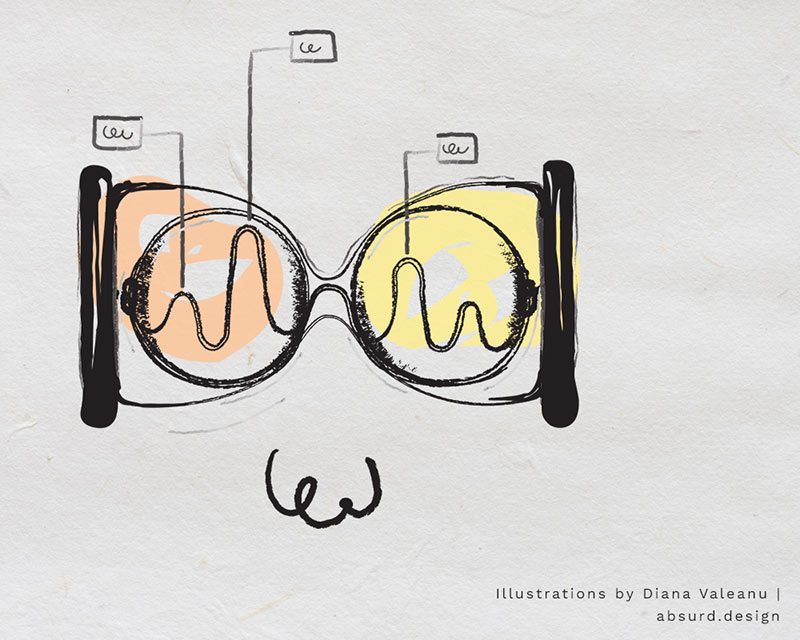
If you are serious about designing a truly great product that satisfies your users’ goals and delivers an amazing user experience, then investing in user research is going to be paramount to your success.
What is User Research?
User Research helps you better understand user expectations, behaviours, needs and motivations. These insights can then be used to ensure that your product design and design decisions do benefit the user.
“Every design is a hypothesis about a market, needs, solution and relationship (What should we design? For whom? Why? How well did we do?) These are the questions that guide our research activities. Our researchers carefully align user needs and goals with the core value delivered through our products.” – Eric Mahlstedt, User Research Manager, IBM
User Research Methods
- Observe your users − keep an eye out for non-verbal clues as to how they are feeling.
- The user’s mental model − what does the user anticipate when using a certain product? Based on their previous experience, how do they expect this particular product to work?
- Analyze − with the insights you’ve gathered, try to identify patterns and trends. Eventually, these insights will provide you feedback about your product and how it is designed.
6. People Skills / Emotional Intelligence
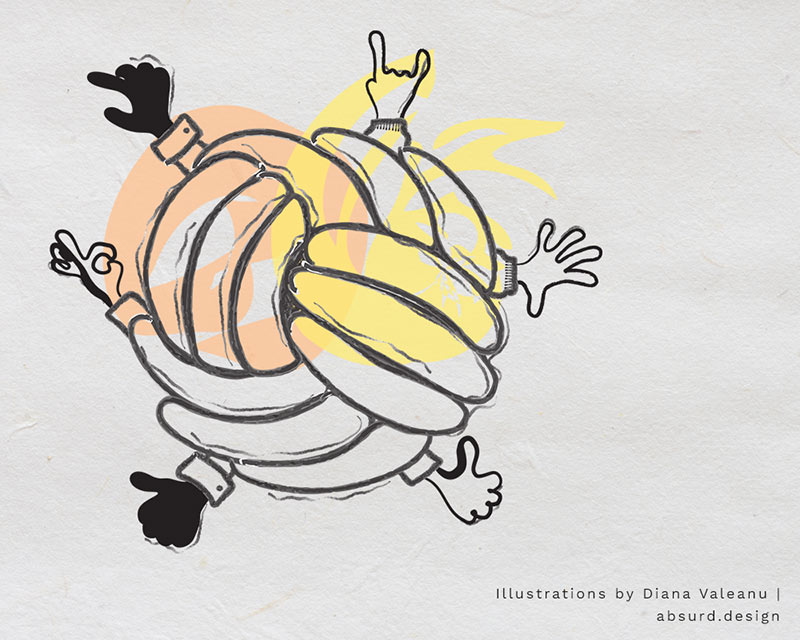
People skills also know as interpersonal skills and emotional intelligence are tools you can use to communicate and interact effectively with others. Individuals with strong people skills are able to predict behavior, relate to others, and socialize easily.
Good people and emotional intelligence skills can help foster a productive and positive work environment. It helps you achieve your own personal and professional goals as well. According to Science of People, individuals who have strong people skills make an average of $29,000 more per year! Here are 15 important people and emotional intelligence skills to consider:
- Assertiveness
- Self-confidence
- Open-mindedness
- Proactive honesty
- Good judgement
- Teamwork
- Active listening
- Ability to delegate
- Understanding boundaries
- Charisma
- Leadership skills
- Ability to read body language
- Conflict resolution
- Negotiation
- Problem-solving
7. Management Skills
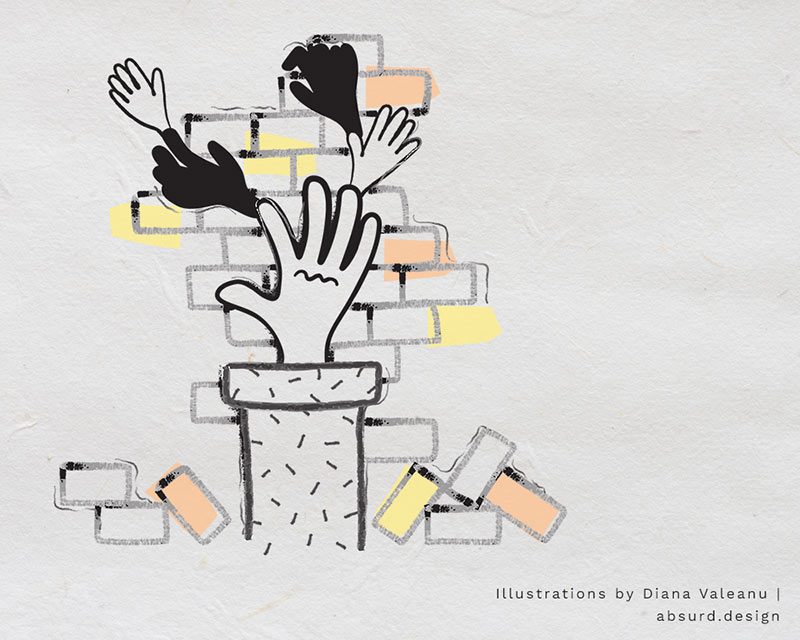
Most people think that management skills are attributes that only people who hold managerial positions should have. They are vital for creatives as well. Management skills involve the knowledge and ability to fulfill and manage some specific tasks or activities. Good management skills are not only essential to run organizations well, it also helps an individual achieve his/her desired goals. You can develop these skills through learning and practical experience.
James Manktelow and Julian Birkinshaw from MindTools.com, surveyed over 15,000 managers worldwide to identify what are the highest-ranked management skills. Here are nine recommendations:
- Building good working relationships with people at all levels.
- Prioritizing tasks effectively for yourself and your team.
- Considering many factors in decision-making with the ORAPAPA framework—which stands for Opportunities, Risks, Alternatives and Improvements, Past Experience, Analysis, People, and Alignment and Ethics.
- Knowing the key principles of good communication.
- Understanding the needs of different stakeholders and communicating with them appropriately.
- Bringing people together to solve problems.
- Developing new ideas to solve customers’ problems.
- Cultivating relationships with customers.
- Building trust within your team.
Check out “The Top 10 Management Skills You Need” article to learn more.
8. HTML & CSS

There were a lot of talks and debates about whether designers should code in the past. Some developers got riled up with the question as well. Fast forward to now, learning to code in HTML & CSS can make a big difference in your design career because companies are looking for designers who can code!
HTML & CSS are the foundation of the Web. Basically, HTML (Hypertext Markup Language) is used to create the actual content of a web page, and CSS (Cascade Styling Sheets) is responsible for the design and styling of a website, including the layout, visual effects and background colors. All in all, it’s a skill to develop and design a website. It’s also called a “front-end” skill.
Here are some good reasons why this skill can be beneficial to designers:
- Your design skills lifted to the next level
Knowing the basics of HTML & CSS will broaden your design perspective. You could turn your design mockups into actual websites. This skill gives you an edge over others and make you a unique asset to any hiring companies and/or production team. - Improve collaboration with developers
You will also come to understand the technical perspective and be able to speak a developer’s “odd” language. Explaining your thoughts and ideas to developers will not be a problem. The improved collaboration and communication makes it easier for developers to turn your design into what you’ve envisioned hence, placing you in a much better position to propose more robust design solutions. - More job opportunities
There are bunch of opportunities for designers in this area. Deemed the hybrid designer, startups are eager to find these people that can take over both the design and front end of their early-stage applications.
Learning HTML & CSS is definitely an added bonus which will help you in several ways and could potentially make you a better designer. If you are serious about learning to code here are few helpful resources.
- W3Schools Online Web Tutorials
- Where Do You Learn HTML & CSS in 2020?
- Codecademy HTML & CSS Courses and Tutorials
Conclusion
As a designer, you need not wear all of the hats because you may not have the time to learn every skill mentioned above. Just knowing at least two non-technical skills (a.k.a soft skills) and one additional technical skill should be enough to give you a significant and flourishing career.
There is also collaboration and mentorship opportunities you may want to consider when honing your new skills to add them to your portfolio. It is always better to seek help and learn from industry experts who have done it all.
Suffice to say, it should be a quick and easy process for designers to take the first steps. The more you know, the more you can expand your horizons when it comes to job and career opportunities. It’s up to you to decide how much to take on; but clearly the need is out there.
Do you like this article? Support our blog with a small donation.
We keep our contents authentic and free from third party ad placements. Your continued support indeed can help us keep going and growing. By making a small donation would mean we can pay for web maintenance, hosting, content creation and marketing costs for the YDJ Blog. Thank you so much!






